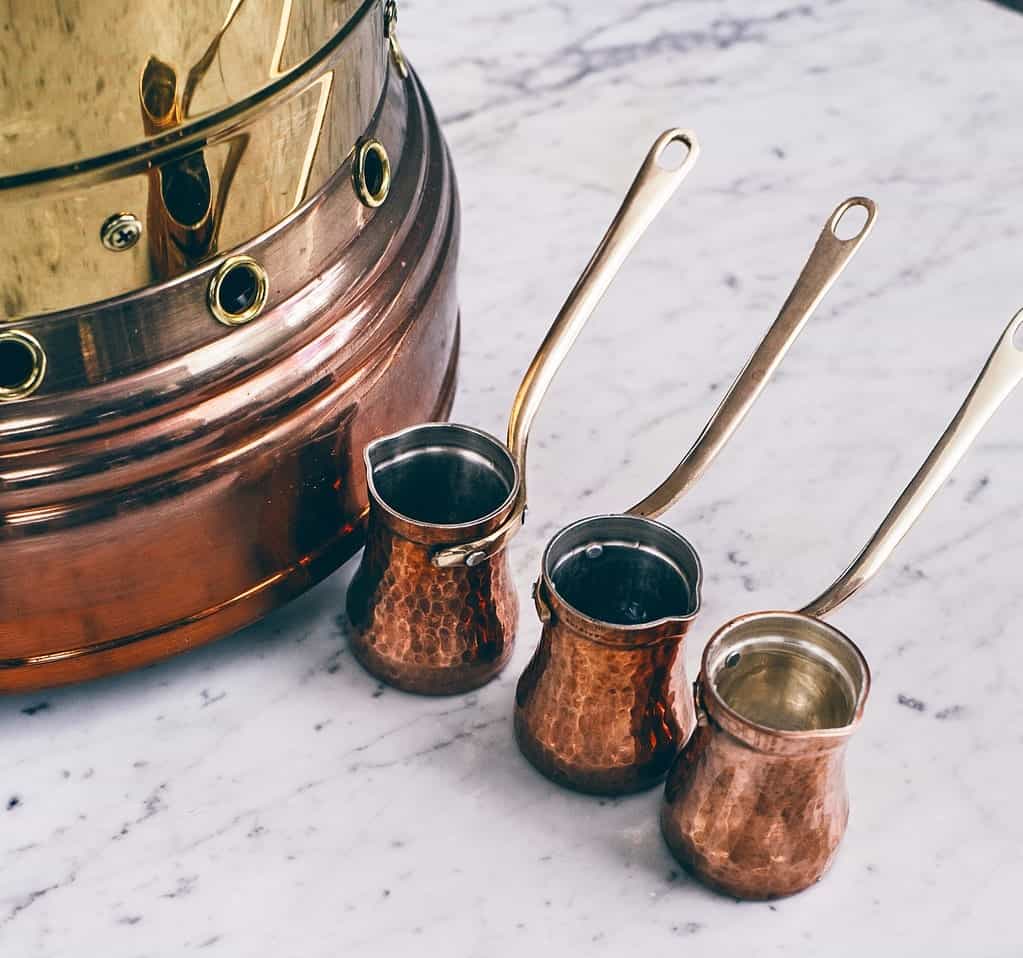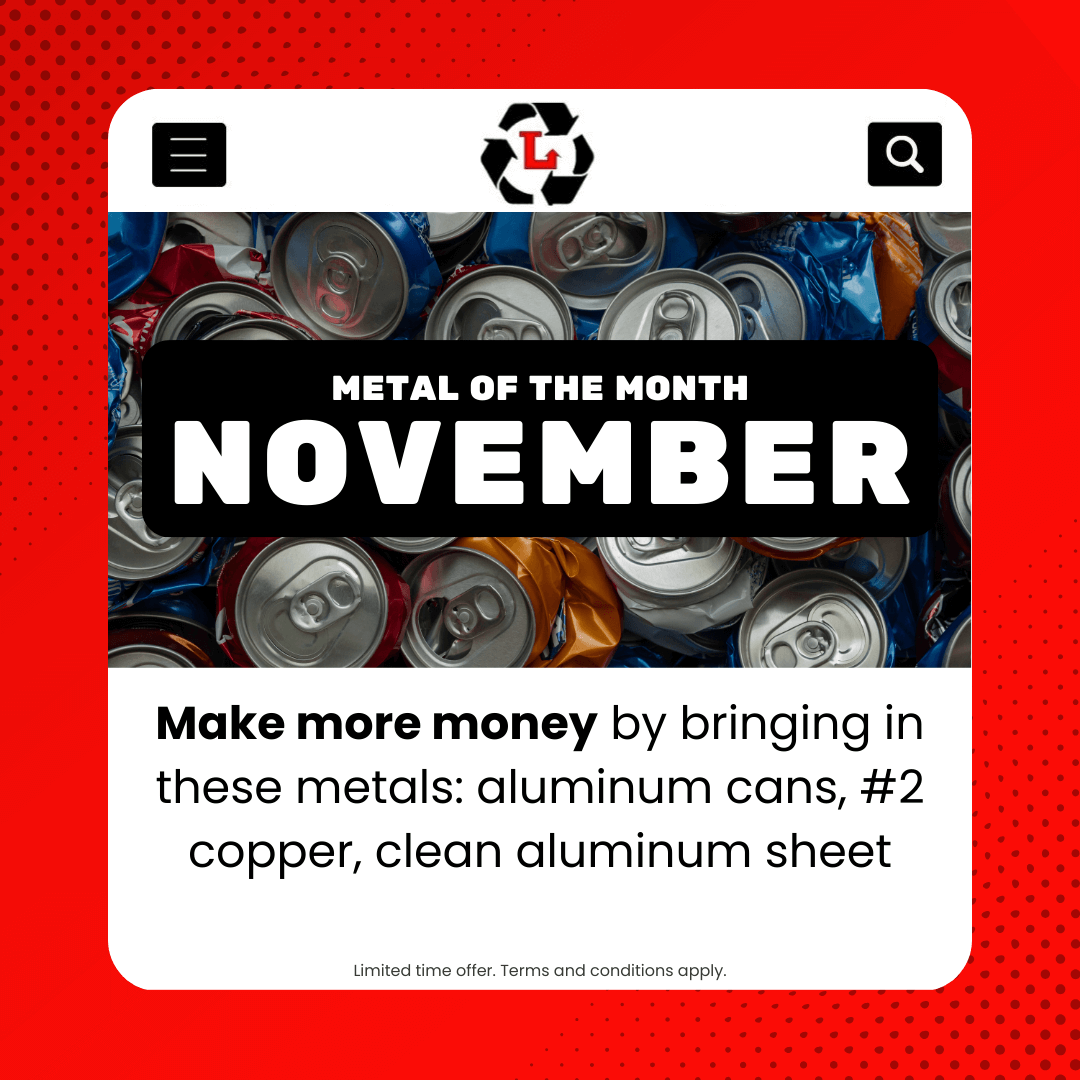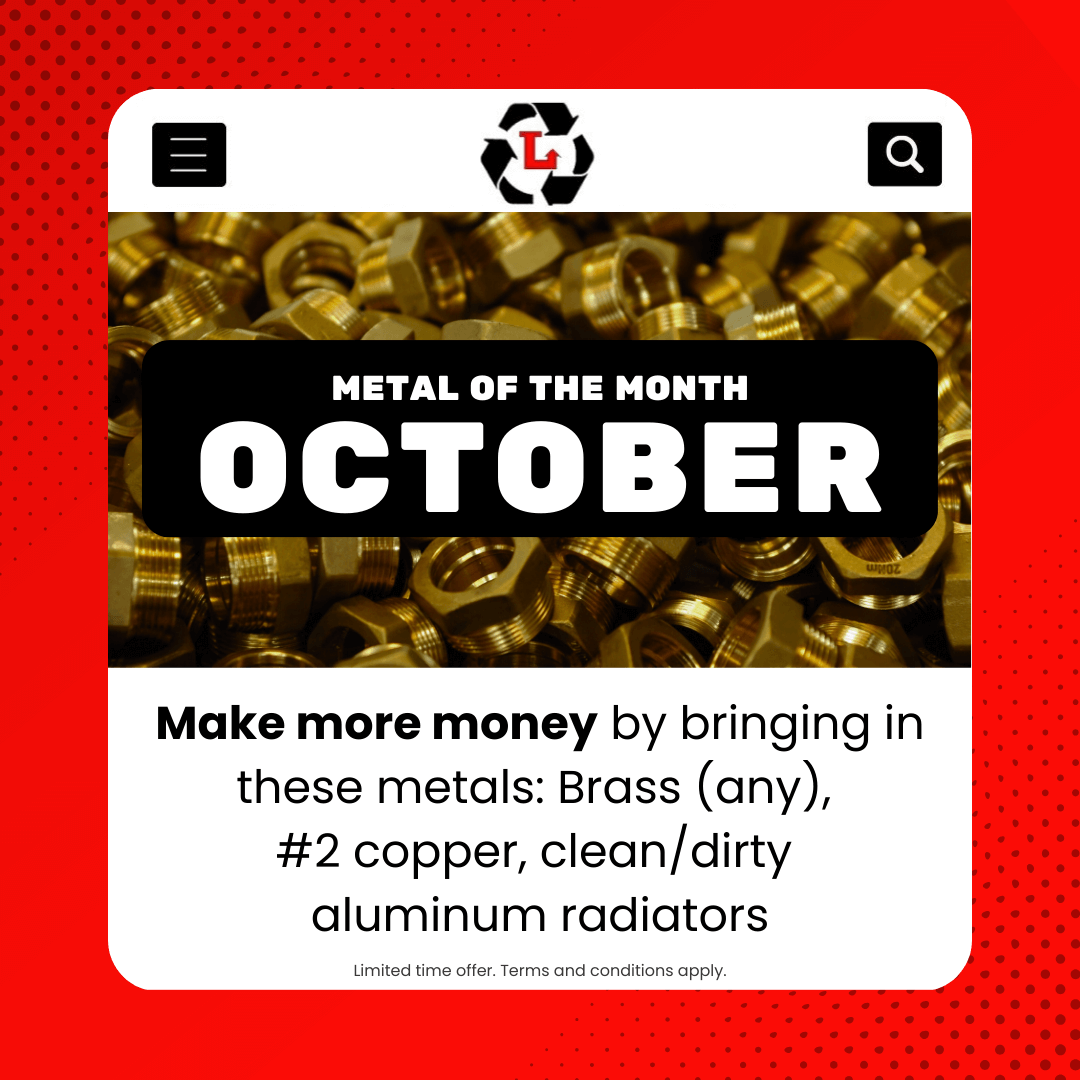Telling the difference between metals can be difficult at the best of times, but it can help if you know a little bit about each metal to assist you with differentiating.
In our recent guide to metal recycling, we told you all about some of the most popular metals that we, at Langley Recycling, take off our customers’ hands. In this article we’re going to take a closer look at the red metals: copper, brass and bronze.
What are the red metals?
In the world of metal, there are three types that particularly stand out. That’s copper, brass and bronze – the red metals. All three of these metal types are similar but have differing properties making each of them useful in their own way. Each of the red metals all have one unifying component which is copper.
• Copper
Copper has played a vital role in the development of the economy and is seen as a ‘base’ for the other red metals – it’s needed when creating both brass and bronze. Thanks to copper, red metals play an important societal role globally.
• Brass
Brass is mainly a combination of copper and zinc. Different amounts of zinc are added depending on the intended use of the brass – this also varies the shade of red. Brass is also used most frequently in the construction trade, alongside electrical and plumbing.
• Bronze
Similar to brass, bronze combines copper with tin (and a few other elements like aluminum) depending on its intended use. It’s commonly found in industrial technologies thanks to its corrosion resistance and hardness.
Can red metals be recycled and if so, why is it so important?
Yes, they can. Like the other metals we spoke about in our guide to metal recycling, copper, bronze and brass can all be recycled without losing any of their properties or qualities.
They’re so valuable to metal recycling units because they’re very adaptable, and they’re increasing in demand in the current economy. This means businesses are making an increased effort to use recycled metal instead of new metal. This helps the environment by protecting the earth’s finite resources, and also significantly reduces toxic gases being released into the environment (by up to 95% in some metals)!
The red metal recycling process
When it comes to the recycling process, this usually takes a few different steps.
1) Finding a metal recycling facility
The first step is where you identify a red metal at home/work and need to find somewhere to dispose of it. For example, you may have a ton of connecting wires that you no longer need, but don’t want to take to landfill. Take a look at nearby metal recycling units online and make sure the facility recycles their metals responsibly and in line with government laws and regulations.
Because red metals are so in demand, most metal recycling facilities will pay you for your scrap copper, bronze and brass. So, you’ll then need to find out what their red metal scrap price is (these change on a daily basis depending on the metals market) and decide whether you’re happy with it.
It can be useful to get a few different quotes from nearby units so you can pick the best one. At Langley Recycling, we’ll even help you identify the type of metal you have prior to arriving, so you get the most accurate price possible.
2) Drop-off
Once you’ve picked a facility to use, you can take your scrap copper/bronze/brass to hand over. When you’ve done this, the unit will be able to pay you for your scrap. At Langley Recycling, we are able to pay in most requested formats, for example, cash or bank transfer.
3) Sorting
Once you’ve dropped your scrap off, it will be down to the recycling unit to sort it. There are strict regulations in place when it comes to recycling metal and at Langley Recycling, we have an ongoing program to safely identify materials that we can and cannot recycle. Materials are normally sorted by quality so that, for example, pure copper is separated from brass and bronze.
Different technical processes are then used (such as magnets/color differentiator sensors) to establish the exact type of red metal.
4) Recycling
The remainder of the recycling process involves melting, purifying and then solidifying the metal into its new form. This is done through a series of high temperatures and casting. Once in its final form, it’ll then be ready to be transported to its new home.
If you’re in or around Kansas City and need some metals recycled, contact us at Langley Recycling and we’ll be more than happy to help.








